Posted by john feeney on 02/05/2018 11:25:23:
Hello Joe,
I have a Stettler 64-110 internal grinding machine. It has an internal spindle driven by a high frequency motor.Unfortunately this motor is beyond repair ( speed range was from 6000 to 24000). I have thought of using a "model" motor, probably a water cooled inrunnner. All these motors use an electronic speed control (ESC) and are generally low voltage and high current from a battery. What power supply system do you use ? is it battery or mains.
I have looked for mains supplied power supplies for electro plating, say 10V/ 50 Amp but quite expensive. Also how do you control the speed of the motor. ( I have flown model aircraft where the speed is controlled by the size of Prop. used)
The machine also has an air spindle which runs at 96000 rpm and can grind bores down to 0.8mm diameter. Don`t think I`ll be using it very often!
Regards
John Feeney
Hi John.
Pity about that motor being FUBAR…That sounds like it was a very nice one. John, the larger motor on my grinder is capable of delivering around 1.8kW, fed from 45 volts via a suitable (LARGE) ESC. Of course, that is with very intermittent duty, maybe 30 seconds with forced cooling. A 40 amp power supply would be required then. However, I use a variable DC power supply, from 12V up to 36volts @ 5 amps max on the toolpost grinder application. Obviously, if the application is say a surface grinder driving a 150mm x 25mm wheel and you are pushing the DOC, then many more amps and volts are needed.
In my grinder application I run way below such ratings..
In my case, a 50mm x 10mm ALoX wheel on outside grinding does not slow the motor that I notice, with voltage set to 20V and current draw is around 3 amps.
Speed control has some variables – Most ESC's work better when set for full speed – less losses in the drive FET's, etc. The motor speed variation is also less at full speed setting, so I use a servo tester, as mentioned, as the 'secondary' speed controller, generating a pulse width output of 1ms to 2ms – normaly set to 2ms (max) and left at that.
I then vary the motor speed by varying the power supply voltage, and that works a treat. The motor speed is by far much more stable under varying loads. As you know, the motors have a KV rating, this being the RPM per Applied Volt – My bigger motor is a 400KV motor, so turns at around 12800 RPM @ 30 volts, and 8000 RPM @ 20 volts.
This is an outrunner, and sizeable outrunners ( '1KW' types..) are available even up to 1200KV – that would give you around 20000 RPM @ 20 volts…You need to check the motor specs – the higher KV motors generally have lower maximum applied voltage limits else they would run dangerously fast…If your torque requirements are low, you can always step up with pulleys. Bearings are of course an issue – these are hobby motors, and running one at 15000 RPM for a half an hour is hard on the bearings – fitting good ones may be worth while. I do dynamically balance the outer cage as well ( there is a post I did on that process – made quite a difference in the screech..)
Big inrunners are more difficult – they are not as well cooled, the bearings tend to be smaller, the drive shafts are invariably much thinner, and they draw a LOT more amps, even running un-loaded. I have a 1KW inrunner with a 6mm shaft, motor is 55mm diameter, 70mm long – is a 4000KV motor, and has a max applied voltage rating of 16 volts – thats 64000 RPM (!!) – just running on the bench at no load it draws 18 amps at that RPM…and needs lots of cooling!
The smaller inrunners are much better – and are used a lot in 'copters – driving the main rotor via massive down-gearing, but generally are 3 or 4mm shaft size…
So, bottom line, use an outrunner, maybe 400KV to 900KV, and size it for your load requirements – a 50mm to 70mm OD motor will do most anything! Use a variable power supply ( continuous is nice, but switched – 12v, 16v, 20v, 25v, 30v is great as well). If you use a big motor, shafts of up to 12mm are easily available, and easily swapped for a long shaft ER series collet chuck.
BTW – the power supply need not be regulated – a tapped transformer ( 6 to 8 amps or so) giving 10v, 14v, 18v, etc AC outputs, with a bridge rectifier into 20,000 uf of filter capacitance, with a selector switch, will work just fine.
Joe
 JasonB.
JasonB.



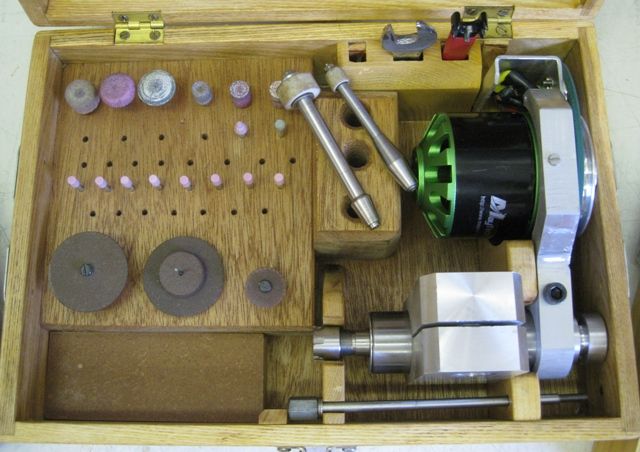

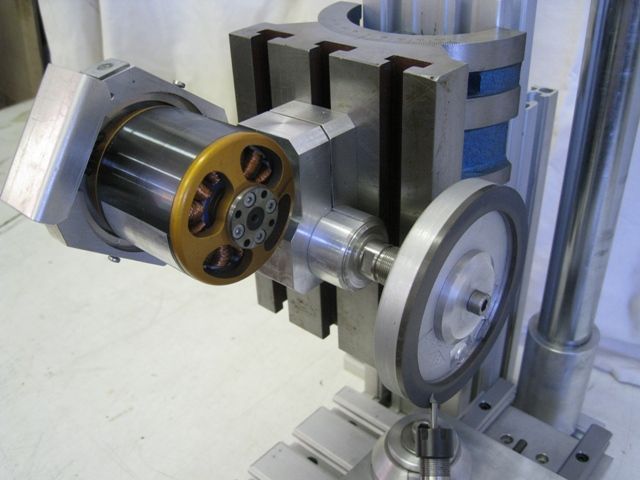


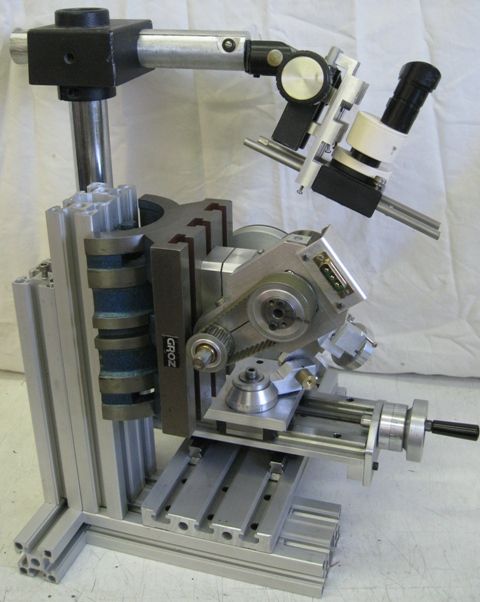

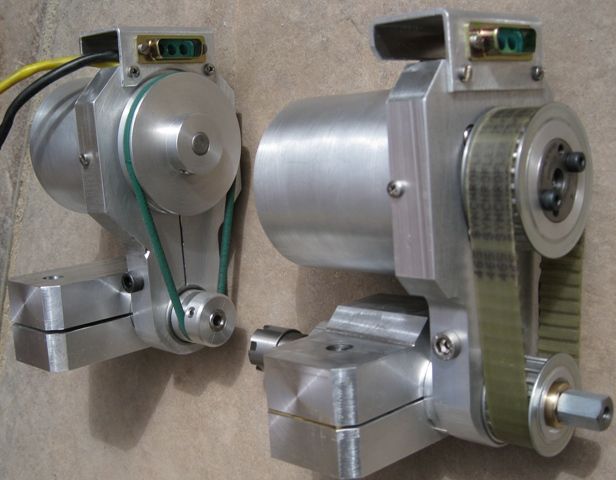




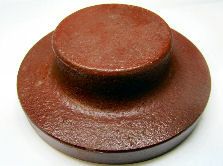






 . Still needs some plumbing and electrical work doing. I'd like to make some cable racks but I'm not sure if the extra width it'd need is worth the convenience.
. Still needs some plumbing and electrical work doing. I'd like to make some cable racks but I'm not sure if the extra width it'd need is worth the convenience.




